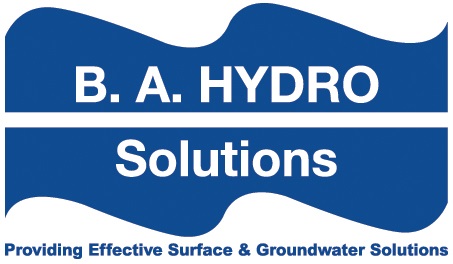CP3 Launch
Low Carbon Heating & Cooling
from Groundwater
for commercial & residential developments
Fifth Generation district heating and cooling networks
2 July at the Building Centre, Store Street, London

GSHPA and CIBSE launched the latest Code of Practice for the UK: CP3 Open-loop groundwater source heat pumps on 2 July 2019.
The CP3 launch was targeted at main contractors, developers, commercial consultancies, regulators and key decision-makers in the Built Environment inside the M25, and at all CIBSE members.
The agenda included an overview of the previous Codes, CP1 on Heat Networks and CP2 on Surface Water Source Heat Pumps, as well as the launch of CP3 on Groundwater Heat Pumps. Presentations covered case studies and a summary of heat pump policy in London.
As the CP3 launch was part of London Climate Action Week and the case studies of large scale groundwater source heat pumps were London-based, but the concepts are all fully portable and are equally valid in other cities and off the gas grid environment.
Groundwater heat pumps provide an opportunity to install Fifth Generation District Heating and Cooling Networks, particularly in those areas with access to the London Aquifer, or other large bodies of subterranean water.
The move to Fifth Generation District Heating and Cooling is a logical extention of the trend toward lower heat delivery temperatures down to 65°C in Fourth Generation District Heating and consequently lower heat losses to the ground. Fifth Generation District Heating and Cooling employs distribution at ambient ground temperature around the network to eliminate heat losses to the ground and eliminate the need for, and cost of, a central "Energy Centre". Instead, each building installs a heat pump in its own plant room to transfer heat from the network when its building needs heating, and to reject heat to the network when its building needs cooling.
The reduced complexity and cost of Fifth Generation district heating – which can also provide cooling – are expected to reduce the formidable barriers which have prevented Fourth Generation district heating networks being adopted in the UK.
The reduced CO2 emissions of Fifth Generation systems and the reduced NO2 are a by-product of a system which is not based on combustion, but employs heat transfer instead.
Fifth Generations systems also have the ability to recycle waste heat at any temperature above ambient ground temperature, including the heat that is the by-product of cooling from those buildings which need cooling.
Fifth Generation systems also have the ability to expand in modular fashion as new and existing buildings are ready to join a 5G network. This contrasts with the inflexible nature of 4G systems which must be planned long in advance to match a specific set of buildings and consequently require the signing of very long term contracts.
The CP3 Code of Practice, which has been produced by a steering committee with lead authorship from the GSHPA was launched on 2 July at the Building Centre, Store Street, London.
If you missed the launch you can see copies of the slide presentations by clicking on the titles below:
Groundwater Source Heat Pumps |
|
| CP1 Heat Networks, CP2 Surface Water Heat Pumps and CP3 Overview | Phil Jones, CIBSE |
| CP3 Groundwater Heat Pumps | Nic Wincott |
| Hydrogeological Perspectives | Tim Baker, BA Hydro |
| Groundwater Case Studies | Neil Lawson, GI Energy |
| Ground Source Heat Pumps save carbon emissions | Bean Beanland, GSHPA |
| GLA Planning Policy and Heat Pumps | Snigdha Jain, WSP |
|
The Code of Practice can be bought from CIBSE CP3.
"May the Code be with you".
GSHPA and CIBSE are very grateful to the headline sponsors for this launch seminar:


